Results 10,971 to 10,980 of 12091
Thread: Anandtech News
-
01-15-21, 10:09 AM #10971
Anandtech: HP at CES 2021: New ProBook 635 Aero G8 With Ryzen 5000 Mobile
HP has updated its ProBook series with new models based on AMD's latest mobile processors, with a sleek and professional design. The HP ProBook 635 Aero G8 now features AMD Ryzen 5000 processors, with a slimline design and weight of just under 1 kg.
Based on the previous ProBook 635 Aero G7 (2020) model, the new ProBook 635 G8 follows a similar design, with a 13.3-inch 1080p display, with support for up to 32 GB of RAM and 256 GB of SSD storage. It also weighs just shy of 1 kg, making it a lightweight and portable option for professionals.
The feature set includes a dual-array microphone built into the chassis, with a top-mounted 720p webcam with an additional IR camera. The HP ProBook 635 Aero G8 uses AMD's latest Ryzen 5000 mobile processors, with integrated AMD Radeon graphics, with Wi-Fi 6/BT 5.0 connectivity, USB Type-A, and Type-C, with a headphone and microphone combo port. Included is a 53 Wh Li-ion polymer battery.
The HP ProBook Aero G8 is expected to be available from May, with prices are set to start at £849.
Interested in more of the latest industry news? Check out our CES 2021 trade show landing page!
More...
-
01-15-21, 10:09 AM #10972
Anandtech: The Arctic Cooling Liquid Freezer II 240 & 420 AIO Coolers Review: Big and
Today we are taking a look at a couple of Arctic Cooling’s Liquid Freezer II all-in-one CPU coolers: the Liquid Freezer II 240, and the Liquid Freezer II 420. Based on the same core design, the coolers are two of several models that Arctic Cooling offers across the spectrum, from a single 120mm fan up to the massive, triple 140mm fan 420 model. Of course, we're going to be diving into the behemoth 420 AIO cooler, but we're also taking a look at the much more sensible 240mm version of the cooler. How well does such a large cooler perform with regards to thermals and noise? And just how much better does that make the super-sized cooler over the more normal, widely compatible version of the same cooler? Let's find out.
More...
-
01-18-21, 07:12 AM #10973
Anandtech: Intel Unveils Panther Canyon NUC11 Family: Tiger Lake Comes to NUCs
As part of its CES 2021 announcements, Intel officially unveiled a number of NUCs based on their Tiger Lake SoCs. Intel's initial NUCs were all based on 100mm x 100mm (4in x 4in) boards, kickstarting the UCFF craze that contributed to revitalizing the PC market. Over the last few years, we have seen Intel expand the NUC to encompass multiple other form-factors, while keeping compactness in mind:
- Performance: The original 4x4 UCFF units
- Pro: 4x4 UCFF units with expansion support and vPro capabilities
- Compute Elements: Add-in Card form factor with carrier boards for system design
- Extreme: Compute Elements using a 45W TDP processor with a base board hosting up to three PCIe expansion slots (inclusive of a M.2 22110 NVMe slot) and a 5L chassis enabling compact gaming and workstation PCs
- Rugged: NUCs designed for operation in industrial and factory-floor type environments, sporting processors based on the Atom microarchitecture
- Essential: 4x4 NUCs sporting processors based on the Atom microarchitecture
- Laptop Kit: Reference design / whitebook models for OEMs to bring notebooks to market faster
- Enthusiast: Compact PCs with a 5.5in. x 8in. motherboard sporting a discrete GPU (either soldered or in-package)
The Panther Canyon NUCs are the Tiger Lake-based "Performance-class" units, with eleven different SKUs based on three different boards.
All the models operate the Tiger Lake processors (Core i7-1165G7, Core i5-1135G7, or the Core i3-1115G4) with a TDP of 28W. The K and H kits are the usual ones we have seen in previous generations - the latter has support for the installation of a 2.5" drive. Panther Canyon also has a Q SKU that adds a wireless charging lid (up to 15W) on top of the H chassis. The specifications are summarized in the table below.
Intel's technical product specifications provide additional details on the I/Os. We see the front and rear Thunderbolt ports (curiously, marketed as Thunderbolt 3 instead of Thunderbolt 4) are enabled directly from the TGL-U processor. Two display outputs (DP 1.4a) are also routed through these Thunderbolt ports within the processor itself.Intel Panther Canyon NUC (Tiger Lake-U) Lineup Model NUC11PA{K/H/Q}i3 NUC11PA{K/H/Q}i5 NUC11PA{K/H/Q}i7 CPU Intel Core i3-1115G4
2C/4T
1.7 - 4.1 GHz (3.0 GHz)
12 - 28 W (28W)Intel Core i5-1135G7
4C/8T
0.9 - 4.2 GHz (2.4 GHz)
12 - 28 W (28W)Intel Core i7-1165G7
4C/8T
1.2 - 4.7 GHz (2.8 GHz)
12 - 28 W (28W)GPU Intel® UHD Graphics for 11th Gen Intel® Processors (48EU) @ 1.25 GHz Intel® Iris® Xe Graphics (80EU) @ 1.3 GHz Intel® Iris® Xe Graphics (96EU) @ 1.3 GHz DRAM Two DDR4 SO-DIMM slots
Up to 64 GB of DDR4-3200 in dual-channel modeMotherboard 4.13" x 4.16" UCFF Storage SSD 1x M.2-2280 (PCIe 4.0 x4 (CPU-direct) or SATA III) DFF 1 × SATA III Port (for 2.5" drive) Card Slots Full-sized SDXC UHS-II Wireless Intel Wi-Fi 6 AX201
2x2 802.11ax Wi-Fi + Bluetooth 5.1 moduleEthernet 1 × 2.5 GbE port (Intel I225-V) USB Front 1 × USB 3.2 Gen 2 Type-A
1 x Thunderbolt 3 Type-CRear 2 × USB 3.2 Gen 2 Type-A
1 × Thunderbolt 3Display Outputs 1 × HDMI 2.0b
1 x mini-DP 1.4a
2 × DisplayPort 1.4 (using Thunderbolt 3 Type-C ports)Audio 1 × 3.5mm audio jack (Realtek) PSU External (90W) External (120W) Dimensions Length: 117 mm
Width: 112 mm
Height: 38mm (K), 51mm (H), 56mm (Q)MSRP ? ? ?
Interestingly, a protocol converter is still needed on the board to convert the DP 1.4a display output to HDMI 2.0b. There is a PCIe 4.0 x4 lanes set for attaching a NVMe SSD. The high-speed I/O lanes are multiplexed with a SATA port allowing the installation of a M.2 SATA SSD in the same slot. The LAN port is enabled by the i225-V 2.5 Gbps controller, while the SDXC card slot on the side requires an additional SDXC bridge chip. The Wi-Fi 6 capabilities are enabled by the soldered Intel AX201 CNVi card.
Panther Canyon looks to be a solid upgrade over the Frost Canyon NUC despite the loss of a couple of cores (the Frost Canyon NUC was a hexa-core affair), thanks to the improved CPU microarchitecture and a host of system-level upgrades. On the latter front, we have an additional Thunderbolt port, a 2.5 Gbps LAN port (compared to the regular Gigabit port in the Frost Canyon NUC), ability to install a PCIe 4.0 NVMe SSD, and the ability to drive up to four 4Kp60 displays. Additionally, we also some of the Panther Canyon SKUs sporting a 15W wireless charging lid.
Various reseller listings have come up for the Panther Canyon NUCs in Europe. However, Intel has not provided a concrete launch date or pricing details for any of the SKUs yet.
More...
-
01-19-21, 09:18 AM #10974
Anandtech: Samsung Introduces 870 EVO SATA SSDs: 128L TLC With an Updated Controller
Samsung is launching the latest iteration of their mainstream consumer TLC-based SATA SSDs. The new 870 EVO brings the same generational updates to Samsung's 3D NAND and SSD controller that we saw with last year's 870 QVO. The updated EVO SATA SSD arrives three years after the launch of the Samsung 860 EVO and 860 PRO.
The 870 EVO uses the same sixth-generation Samsung V-NAND (3D NAND) that debuted in the high-end 980 PRO NVMe SSD. Officially, this is "1xx layers", but all signs point to it being 128L 3D NAND. This may sound unimpressive when Micron and SK hynix have already announced their 176-layer 3D NAND, but Samsung's NAND manufacturing process is arguably more advanced: they're still able to manufacture all 128L in one batch, while the competition have all long since adopted string stacking to split the process into two batches (eg. two groups of 88 layers).
The 870 EVO uses the same Samsung MKX controller we first saw with the 870 QVO. Samsung still hasn't shared what's improved with this generation of controller, but we get a bit of a hint from the fact that they claim the 870 EVO offers a 38% improvement to queue depth 1 random read latency compared to the 860 EVO. Since Samsung has previously shared that their 128L 3D TLC only offers a 10% improvement in raw read latency, it looks like the updated controller may be a bigger factor in the drive's overall performance increase. Either way, a 38% improvement in one of the few performance metrics that SATA SSDs have any room to improve on is a bold claim.
Samsung didn't give us the full detailed spec sheet, but among the basic specifications there are no surprises. Peak throughput is as usual limited by the SATA interface. Write endurance is still 0.3 drive writes per day with a five year warranty. The capacity options still run from 250GB to 4TB. Launch MSRPs are substantially higher than current street prices for the 860 EVO and are well into NVMe price territory, but we expect the 870 EVO's prices to come down fairly soon given the overall state of the market with a bit of an oversupply for NAND flash memory.Samsung 870 EVO Specifications Capacity 250 GB 500 GB 1 TB 2 TB 4 TB Form Factor 2.5" 7mm SATA Controller Samsung MKX NAND Flash Samsung 512Gbit 128L 3D TLC LPDDR4 DRAM 512MB 1 GB 2 GB 4 GB Sequential Read 560 MB/s Sequential Write 530 MB/s Random Read 98k IOPS Random Write 88k IOPS Warranty 5 years Write Endurance 150 TB
0.3 DWPD300 TB
0.3 DWPD600 TB
0.3 DWPD1200 TB
0.3 DWPD2400 TB
0.3 DWPDLaunch MSRP $49.99
(20¢/GB)$79.99
(16¢/GB)$139.99
(14¢/GB)$269.99
(13¢/GB)$529.99
(13¢/GB)
We don't have a full review of the 870 EVO ready today because the timing is rather awkward. It's a bit cheeky of Samsung to launch this drive just two business days after the end of CES, and with only a week of advance notice. We also hadn't started running SATA drives through our new 2021 SSD test suite, so the past several days have kept our new testbeds busy testing the 870 EVO and various other SATA drives to compare against. Preliminary results show that the 870 EVO improves performance across the board for our AnandTech Storage Bench trace tests, though with slight increases in power consumption. Samsung's claim of 38% better QD1 random read performance also looks to be an exaggeration, but we'll be back later this week with a full analysis of the test results.
We also haven't heard any new official information from Samsung about an 870 PRO to round out this generation of SATA drives, but they did mention an 870 PRO in passing in a newsletter last fall. Since their consumer NVMe line has switched over to using TLC NAND for the 980 PRO, there's some uncertainty whether an 870 PRO will continue using MLC NAND. If it does, that will be the first appearance of 128L MLC from Samsung.
More...
-
01-19-21, 09:18 AM #10975
Anandtech: Qualcomm Announces Snapdragon 870: An 865++?
Today Qualcomm is making a rather unexpected SoC announcement in the form of the new Snapdragon 870. The chip is a rather odd release in Qualcomm’s chipset line-up in that this is actually a part derived from last year’s Snapdragon 865 series, with the new model being a new silicon bin that ups the clock frequencies for a small boost in performance, even though it’s getting a model name that would indicate more substantial changes (of which there aren’t).
More...
-
01-19-21, 01:24 PM #10976
Anandtech: The Intel Z590 Motherboard Overview: 50+ Motherboards Detailed
At the start of 2021, Intel has unveiled its latest desktop platform, designed primarily for its Rocket Lake 11th generation processors. Intel is officially moving to PCIe 4.0, with the top SKU Core i9-11900K supposedly offering a large jump in IPC performance compared to the previous generation. The new chipset moves to double bandwidth to the CPU, allowing for more hardware to make the most of the chipset at once. It also moves to DDR4-3200 support, a new peak in a product line that was previously on DDR4-2933. The new Z590 chipset is Intel's flagship, designed for Rocket Lake, but offering backward compatibility with Comet Lake processors. We take a closer look at the large variety of new motherboards set to come to market.
More...
-
01-20-21, 06:22 AM #10977
Anandtech: MediaTek Announces Dimensity 1100 & 1200 SoCs: A78 on 6nm
Today MediaTek announced two new top-end SoCs in the form of the new Dimensity 1100 and Dimensity 1200. The two new designs are a follow-up to last year’s Dimensity 1000 SoC which marked the company’s return to the high-end in 2020, with a relatively solid SoC design.
More...
-
01-20-21, 08:54 AM #10978
Anandtech: Intel Announces Phantom Canyon: Tiger Lake and Turing Tango in 3rd Gen Ent
As part of its CES 2021 announcements, Intel officially unveiled a number of NUCs based on their Tiger Lake SoCs. The NUC11 Performance lineup was covered earlier. This piece looks at another exciting NUC11 offering in the enthusiast category. As a refresher, Intel created the NUC Enthusiast category back in 2016 with the introduction of the Skull Canyon NUC (NUC6i7KYK). With a 4" x 5" motherboard, it had a slightly larger footprint compared to the traditional NUCs. However, the increased size allowed the incorporation of a 45W TDP processor with increased graphics flex. The second generation Hades Canyon moved to a slightly larger board (5.5" x 8"), while retaining the industrial design of the Skull Canyon NUC. It used the Kaby Lake-G processors with a Kaby Lake processor and an AMD GPU packaged together (with a total TDP budget between 65W and 100W). For the 3rd generation, Intel has adopted the same board form-factor, but gone in with the traditional way of adding a discrete GPU to a SFF system. The NUC11 Enthusiast (codenamed Phantom Canyon) takes the Tiger Lake-U Core i7-1165G7 and adds a NVIDIA RTX 2060 (based on the Turing architecture) to create a compact system suitable for gaming, streaming, and content creation.
The Phantom Canyon NUC has only two SKUs - the NUC11PHKi7C is the barebones version, while the NUC11PHKi7CAA comes with 2x 8GB DDR4-3200 SODIMMs and an Intel Optane Memory H10 (32GB + 512GB) NVMe drive. The latter also comes with Windows 10 Home pre-installed.
The NUC11 Enthusiast sports a rich set of I/Os. There are two Thunderbolt 4 ports (one in the front and one in the rear) that also carry the display output from the Intel Iris Xe Graphics G7 in the TGL-U processor. Two USB 3.2 Gen 2 Type-A ports and a SDXC UHS-II slot, along with an audio jack and a quad-microphone array round out the front panel. On the rear, we have an audio output jack (supporting TOSLINK), a single 2.5 Gbps LAN port, four USB 3.2 Gen 2 Type-A ports, and the display outputs (HDMI 2.0b and mini-DP 1.4a) from the NVIDIA GeForce RTX 2060.
The table below compares the specifications of the flagships in the three generations of enthusiast NUCs. Note that the Skull Canyon and Phantom Canyon NUCs have only one barebones version. Only the Hades Canyon had two different versions - one with the 65W TDP Core i7-8705G, and another with the 100W TDP Core i7-8809G. Another aspect that is not mentioned here is that the Phantom Canyon NUC come with support for vertical orientation (unlike the Hades Canyon NUCs) as shown in the lead image
The block diagram below (sourced from Intel's technical product specifications [PDF]) gives some insights into the design of the system in relation to the I/O capabilities.Intel Enthusiast NUCs Model Phantom Canyon
(NUC11PHKi7C)Hades Canyon
(NUC8i7HVK)Skull Canyon
(NUC6i7KYK)CPU Intel Core i7-1165G7
Tiger Lake-U, 4C/8T
2.8 - 4.7 GHz
28W TDPIntel Core i7-8809G
Kaby Lake, 4C/8T
3.1 - 4.2 GHz
100W Package TDPIntel Core i7-6770HQ
Skylake, 4C/8T
2.6 - 3.5 GHz
45W TDPGPU NVIDIA GeForce RTX 2060 6GB GDDR6 (N18E-G1-B Notebook Class 115W) @ 1.285 GHz (Discrete)
Intel® Iris® Xe Graphics (96EU) @ 1.3 GHz (Integrated / On-Die)Radeon RX Vega M GH 4GB HBM2 @ 1.19 GHz (Discrete / On-Package)
Intel® HD Graphics 630 @ 1.1 GHz (Integrated / On-Die)Intel® Iris Pro Graphics 580 @ 1.05 GHz (Integrated / On-Die)
128MB eDRAMMemory 2x DDR4-3200 SODIMMs
1.2V, 64GB max.2x DDR4-2400+ SODIMMs
1.2V, 32GB max.2x DDR4-2133 SODIMMs
1.2V, 32GB max.Motherboard 5.5" x 8" UCFF 4" x 5" UCFF Storage 1x M.2 22x80/110 (key M) PCIe 3.0 x4 NVMe/AHCI SSD
1x M.2 2280 (key M) SATA3 or PCIe 3.0 x4 NVMe/AHCI SSD2x M.2 22x42/80 (key M) SATA3 or PCIe 3.0 x4 NVMe/AHCI SSD I/O Ports 2x Thunderbolt 4 Fast-Charging (front + rear)
1x USB 3.2 Gen 2 Type-A (front)
1x USB 3.2 Gen 2 Type-A Fast-Charging (front)
4x USB 3.2 Gen 2 Type-A (rear)
1x SDXC UHS-II Card Slot (front)
CIR (front)
1x SATA III Power + Data Internal Header
2x USB 2.0 Internal Header2x Thunderbolt 3 (rear)
4x USB 3.2 Gen 1 Type-A (rear)
1x USB 3.2 Gen 2 Type-A (front)
1x USB 3.2 Gen 2 Type-C (front)
1x USB 3.2 Gen 1 Type-A Fast-Charging (front)
1x SDXC UHS-I Card Slot (front)
CIR (front)
1x SATA III Power + Data Internal Header
2x USB 2.0 Internal Header1x Thunderbolt 3 (rear)
2x USB 3.2 Gen 1 Type-A (rear)
1x USB 3.2 Gen 1 Type-A (front)
1x USB 3.2 Gen 1 Type-A Fast-Charging (front)
1x SDXC UHS-I Card Slot (front)
CIR (front)
1x SATA III Power + Data Internal Header
2x USB 2.0 Internal HeaderNetworking Intel Wi-Fi 6 AX201
(2x2 802.11ax Wi-Fi + Bluetooth 5.1 module)
1 × 2.5 GbE port (Intel I225-LM)Intel Dual Band Wireless-AC 8265
(2x2 802.11ac Wi-Fi + Bluetooth 4.2 module)
2 × GbE ports (Intel I219-LM + Intel I210-AT)Intel Dual Band Wireless-AC 8260
(2x2 802.11ac Wi-Fi + Bluetooth 4.2 module)
1 × GbE ports (Intel I219-LM)Display Outputs 2x DP 1.4a (via Thunderbolt 4 Type-C ports, iGPU Display Pipe)
1x mini-DP 1.4a (rear, dGPU, up to 8Kp60, MST)
1x HDMI 2.0b (rear, dGPU, up to 4Kp60)1x HDMI 2.0a (front, dGPU)
1x HDMI 2.0a (rear, dGPU)
2x mini-DP 1.3 (rear, dGPU)
2x DP 1.3 (via Thunderbolt 3 Type-C ports, dGPU)1x mini-DP 1.2 (rear, iGPU)
1x HDMI 2.0a (rear, iGPU)
1x DP 1.3 (via Thunderbolt 3 Type-C ports, iGPU)Audio 7.1 digital (over HDMI and DisplayPort)
L+R+mic (front)
L+R+TOSLINK (rear)Audio Codec Realtek ALC700 Realtek ALC233 Enclosure Metal and plastic
Kensington lock with base securityPower Supply 230W (19V @ 12.1A) Adapter 120W (19V @ 6.32A) Adapter Dimensions 221mm x 142mm x 42mm / 1.3L 221mm x 142mm x 39mm / 1.2L 216mm x 116mm x 23mm / 0.69L Miscellaneous Features Replaceable lid with customizable RGB LED illumination
Status LEDs in front panel
Quad beam-forming microphone array
VESA mounting plate
3-year warrantyReplaceable lid
Status LEDs in front panel
VESA mounting plate
3-year warranty
The dGPU is surprisingly connected to the Gen4 x4 PCIe lanes (usually meant for M.2 NVMe storage). Intel indicated that this greatly reduces CPU-GPU communication latency, making it independent of other devices in the system. Other than that, we see the Realtek RTS5249S PCIe to SDXC bridge chip backing up the SDXC UHS-II slot, amd a couple of VIA Technologies VL822 USB 3.2 Gen 2 hub chips enabling the set of USB 3.2 Gen 2 Type-A ports in the system.
Overall, the Phantom Canyon NUC seems like a good step up from Hades Canyon despite the loss of the second wired LAN port. Most importantly, this should just be like a regular gaming notebook from a drivers support perspective. One of the problems with the Hades Canyon NUC was the drivers situation, with Intel and AMD attempting to pass the buck to each other while customers were left with GPU drivers that became flaky after Windows updates. The Phantom Canyon NUC should hopefully always work with the NVIDIA WHQL drivers for Turing GPUs.
SimplyNUC has a 128GB NVMe SSD + 16GB DDR4 SODIMM version priced at $1349. Pre-orders are being accepted for shipment in March. Another re-seller listing has the barebones version for $1130. The latter pricing seems more in line with what one should expect to pay for the internals of a gaming notebook in a SFF PC form-factor. Intel has not provided official pricing or availability information yet.
More...
-
01-21-21, 09:05 AM #10979
Anandtech: New Intel CEO Making Waves: Rehiring Retired CPU Architects
We’re following the state of play with Intel’s new CEO, Pat Gelsinger, very closely. Even as an Intel employee for 30 years, rising to the rank of CTO, then taking 12 years away from the company, his arrival has been met with praise across the spectrum given his background and previous successes. He isn’t even set to take his new role until February 15th, however his return is already causing a stir with Intel’s current R&D teams.
More...
-
01-21-21, 12:34 PM #10980
Anandtech: Intel Core i7-10700 vs Core i7-10700K Review: Is 65W Comet Lake an Option?
Over the years, Intel’s consumer processor lineup has featured its usual array of overclocking ‘K’ models, and more recently the ‘F’ series that come without integrated graphics. The bulk of the lineup however are still the versions without a suffix, the ‘nones’, like the Core i7-10700 in this review. These processors sit in the middle of the road, almost always having a 65 W TDP compared to the 91-125 W overclockable models, but also having integrated graphics, unlike the F family. What makes it interesting is when we pair one of these 65 W parts against its 125 W overclocking counterpart, and if the extra base and turbo frequency boost is actually worth the money in an era where motherboards don't seem to care about power?
More...
Thread Information
Users Browsing this Thread
There are currently 15 users browsing this thread. (0 members and 15 guests)




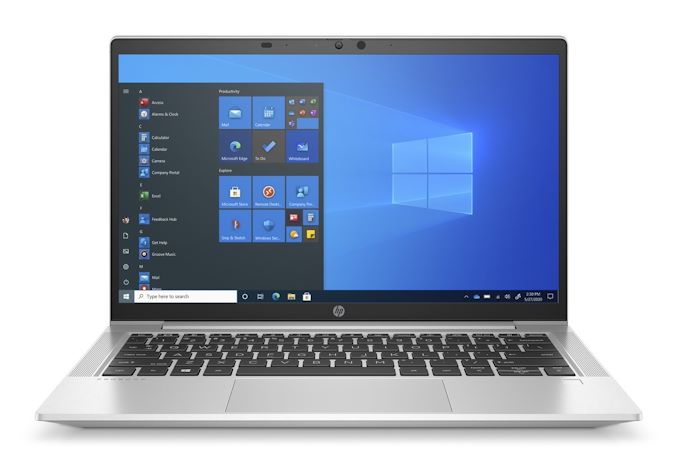
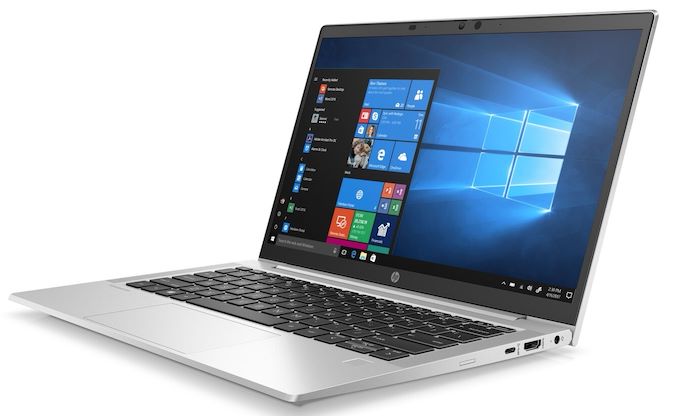

 Quote
Quote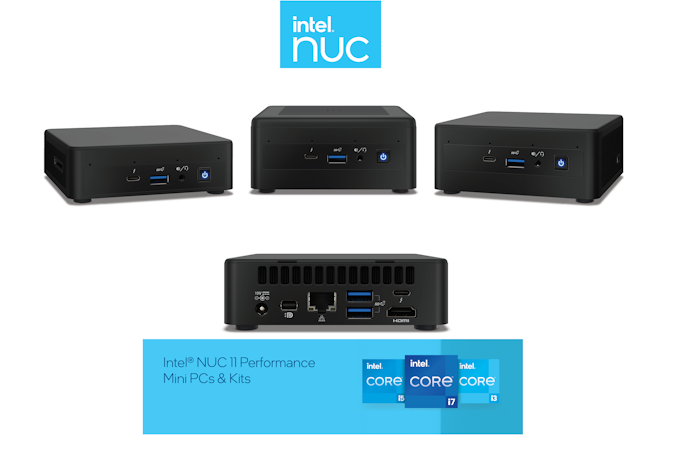
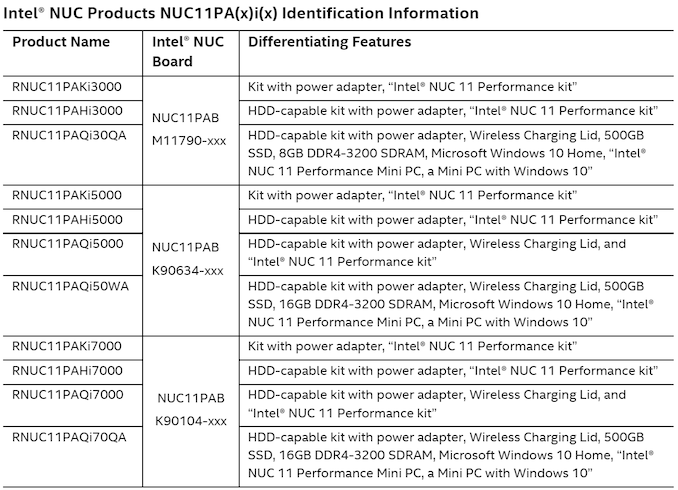
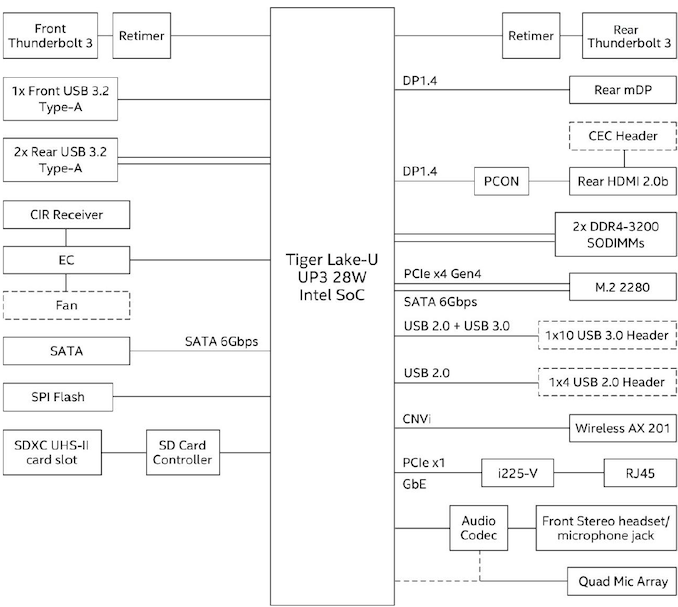
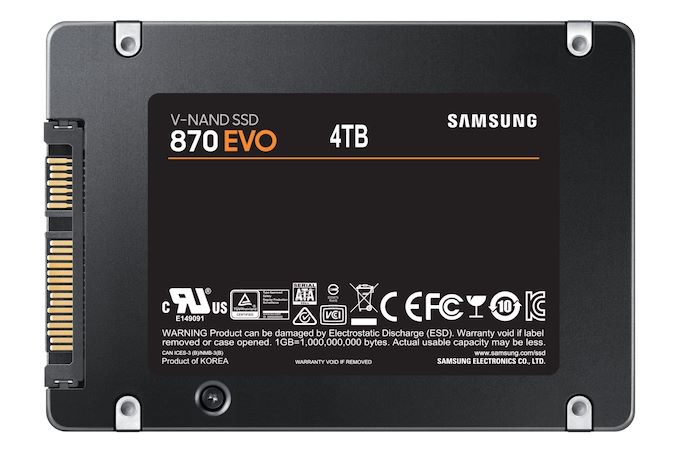
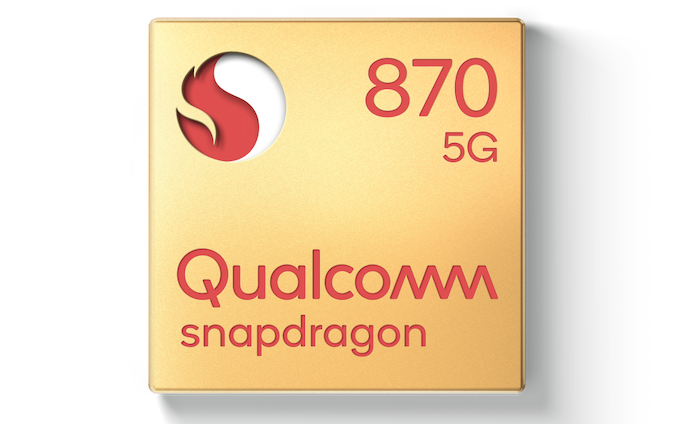

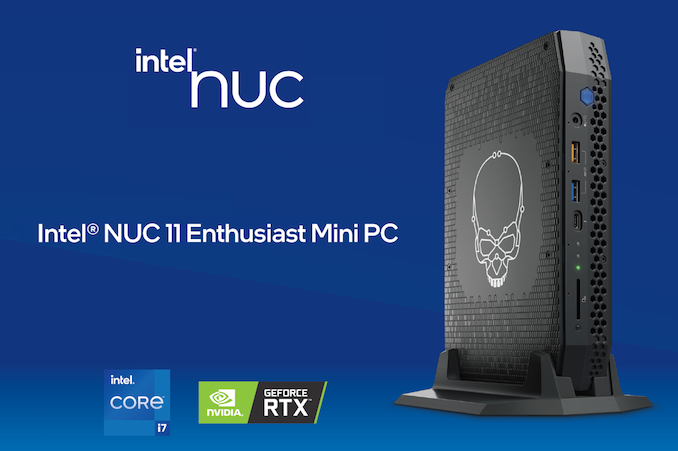
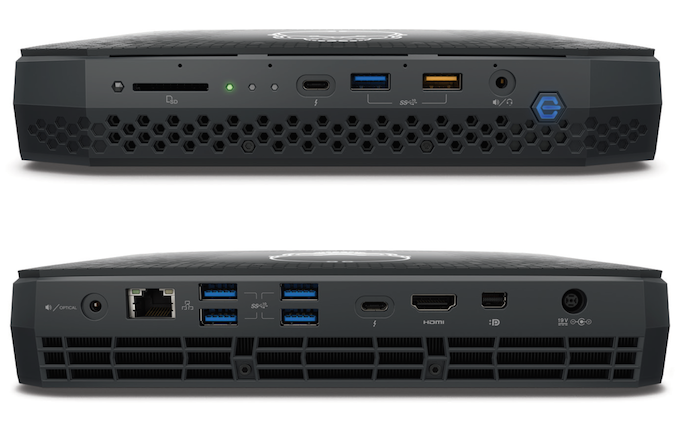
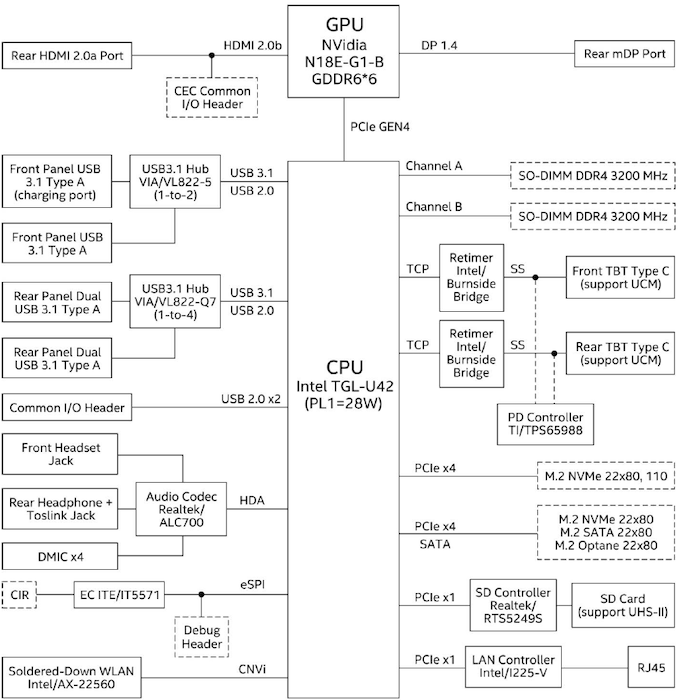
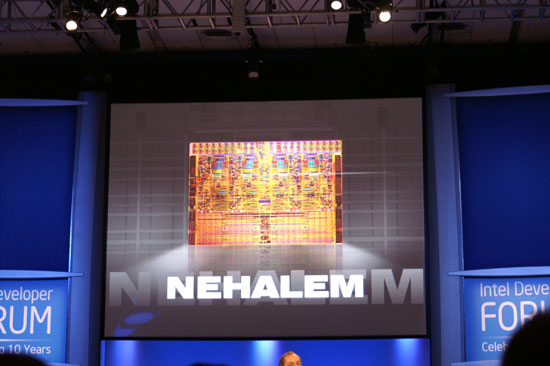
















Bookmarks